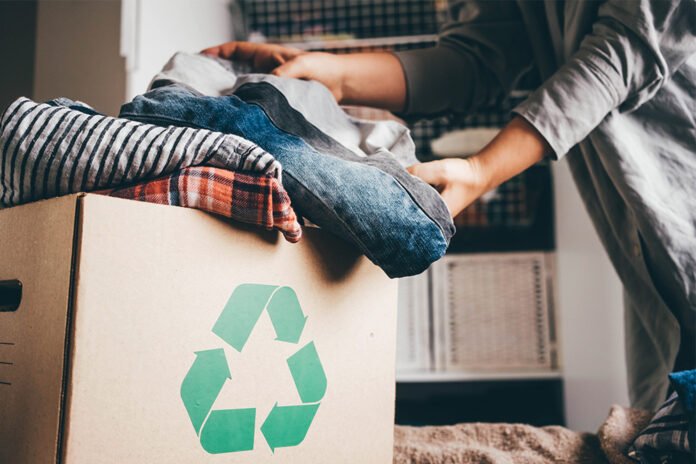There is a huge opportunity to recycle used textile products into fiber, which could then be used to produce news fashion products or home textiles. The major problem is the collection of used clothing.
Some textile players in Pakistan have tried to recycle the wastages in their factory by converting it into fiber and then producing value added products. The factory wastage is sorted out by color for over a year, converted into fiber and then produced apparel. These efforts however are not enough to launch a commercial venture.
In developed economies there is greater awareness in this regard. Some organizations in Europe promote a circular economy in textiles to promote sustainability. There are numerous textile waste and sorting plants in Germany, the Netherlands, Poland, Spain, the United Kingdom, and Belgium that produce feedstocks through chemical and mechanical recycling.
An EU-funded Sorting for Circularity Europe project published a report on detailed the findings of a 16-month analysis. It reveals that 494,000 tons of low-value, post-consumer textiles produced in the continent of which 74 percent is readily available for fiber-to-fiber recycling in half a dozen European countries. This represents the potential to make products worth €74 million per year in value by reinstating sorted and recycled textiles back into the value chain.
Since sustainability is a buzz word in developed economies, leading brands like Adidas, Levi Straus, Zalando and many others participate in studies promoting sustainability. The quantity of recycled fiber available is likely to attract investment in industries using recycled fiber. Even in Europe only 2 percent of fiber produced from used textiles goes into recycling. Experts say that up to 25 percent of used textile could easily be converted into fiber. It would then become an important recycling feed stock in the future.
The volume of textile waste is likely to increase gradually as the consumption and disposal, and incoming legislations in the EU would accelerate this process. making it more and more urgent to find ways to the same.



